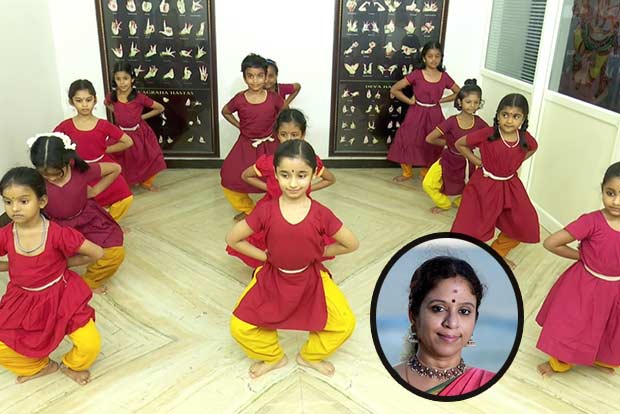Begin typing your search...
Online Bharatanatyam tutorials get popular
It has been exactly a year since Bharatanatyam dancer and guru Sheela Unni began uploading a series of videos titled Tapasya. They aim at enabling budding dancers and teachers across the world to learn the basics of this dance form, and progress over time to talk about the nuances of stage performances, a dancer’s appearance (attire, hair and makeup), coordination in group shows and more.

Chennai
One video per month is uploaded on YouTube and so far, the series has got an average of 1.2 lakh views. The concept of Tapasya was born during the workshops that she went to conduct across the world.
“When I go to teach dance in other countries, people ask me for tips on how to make children dance uniformly, synchronisation in group performances and most importantly, discipline,” says Sheela.
Both dancers and teachers across various age groups would ask her such doubts especially after watching ballets Sheela choreographed with disciples at her Sridevi Nrithyalaya dance school. “I often receive queries on the videos I post on YouTube and Facebook too. Instead of answering them individually, I decided to record videos of training sessions at my school,” she explains.
A group of fresh aspirants was selected to be featured in Tapasya — the series is named so because dancing is a form of penance, the guru has to say. On the last day of each month, one episode that is between 10 and 15 minutes is uploaded.
The benefit of these videos is multifold as it teaches the viewers techniques for stamina improvement, choreography and other such skills.
“We even did an episode on self-makeup techniques — even though the eyes and eyebrows are common for all dancers, the strokes that’ll help define each face may differ. The twelfth episode is about hair braiding and tying cotton saris for practice sessions,” says the guru.
Is the growth in the current batch over the past one year evident in the videos? “Yes, a lot of difference can be seen but it’ll be more pronounced after four or five years,” explains Sheela.
“Within the first two years of classes, children face many ups and downs in terms of illness, absence from class, summer holidays, etc. In this duration, what they lean are the basics; only when they learn items like alaripu or kautuvam will their mettle be tested.”
Sheela, who’s been a dance teacher for 30 years now and more like a mother to her students, says that the footage will also serve as a great memory — “It’ll give my students a chance to see their evolution from kids to beautiful dancers and revisit their growth,” she smiles.
Visit news.dtnext.in to explore our interactive epaper!
Download the DT Next app for more exciting features!
Click here for iOS
Click here for Android
Next Story



